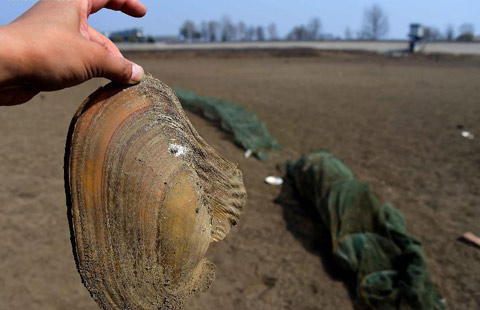Silk Road perspective of an old 'China hand'
By An Baijie and Jiao Xiaoli (China Daily) Updated: 2015-03-23 08:00"It's good news that China has deepened its ties with European countries through the new rail routes." Kamalabadi said. "It is yet another positive step toward a more interconnected and unified world."
The city of Kashgar, in Xinjiang, should be a transitional center for the China-Europe rail route, he said.
China still heavily relies on sea freight in its trade with Europe, and railways allow companies to avoid passing through the risky maritime routes.
Among the 110 million tons of goods exported to 13 major European countries in 2012, about 78 million were suitable for railway transportation. However, only 1.5 percent of trade volume was achieved via the railway, according to research by the China Railway Corporation.
China is now in negotiations on high-speed rail with at least 28 countries, most of which are located along the trade routes. The total track length on the agenda spans over 5,000 kilometers, according to Hua Chang Securities.
According to a proposal filed by the China International Economic and Exchange Center, a government think tank, Chinese companies are expected to build more than 20 railways in the coming years in an effort to revive the ancient trade routes.
Through railways, China could export its goods, equipment, and technologies to the countries on the routes, which will benefit the local economy, Kamalabadi said.
To finance the "One Belt, One Road" projects, capital from around the world, including those from the affluent Gulf Cooperation Countries, should be welcomed by Chinese government, he said.
On Feb 16, China's central bank announced that the Silk Road Fund, which aims to seek investment opportunities and provide monetary services throughout the "One Belt, One Road" initiatives, was active.
President Xi Jinping announced the creation of the $40 billion fund in November. It will invest mainly in infrastructure, resource development, as well as industrial and financial cooperation, in an effort to achieve common development and prosperity.
According to Kamalabadi, China's strategy of reviving the ancient Silk Road has provided a good chance for the exchange and communication of different cultures and civilizations, including between Confucian and Buddhist China and Asia, the Islamic Arabs and Persians, and the Christian West.
- Israel requests to join Asian Infrastructure Investment Bank
- Chinese stocks rebound on April 1
- China, the West in Africa: more room for cooperation than competition
- Nanjing cuts taxi franchise fees
- Air China increases flights to Milan, Paris
- JD.com raises delivery charges
- Veteran corporate strategist upbeat about China economy
- L'Oreal China sales revenue up 7.7% in 2014

















